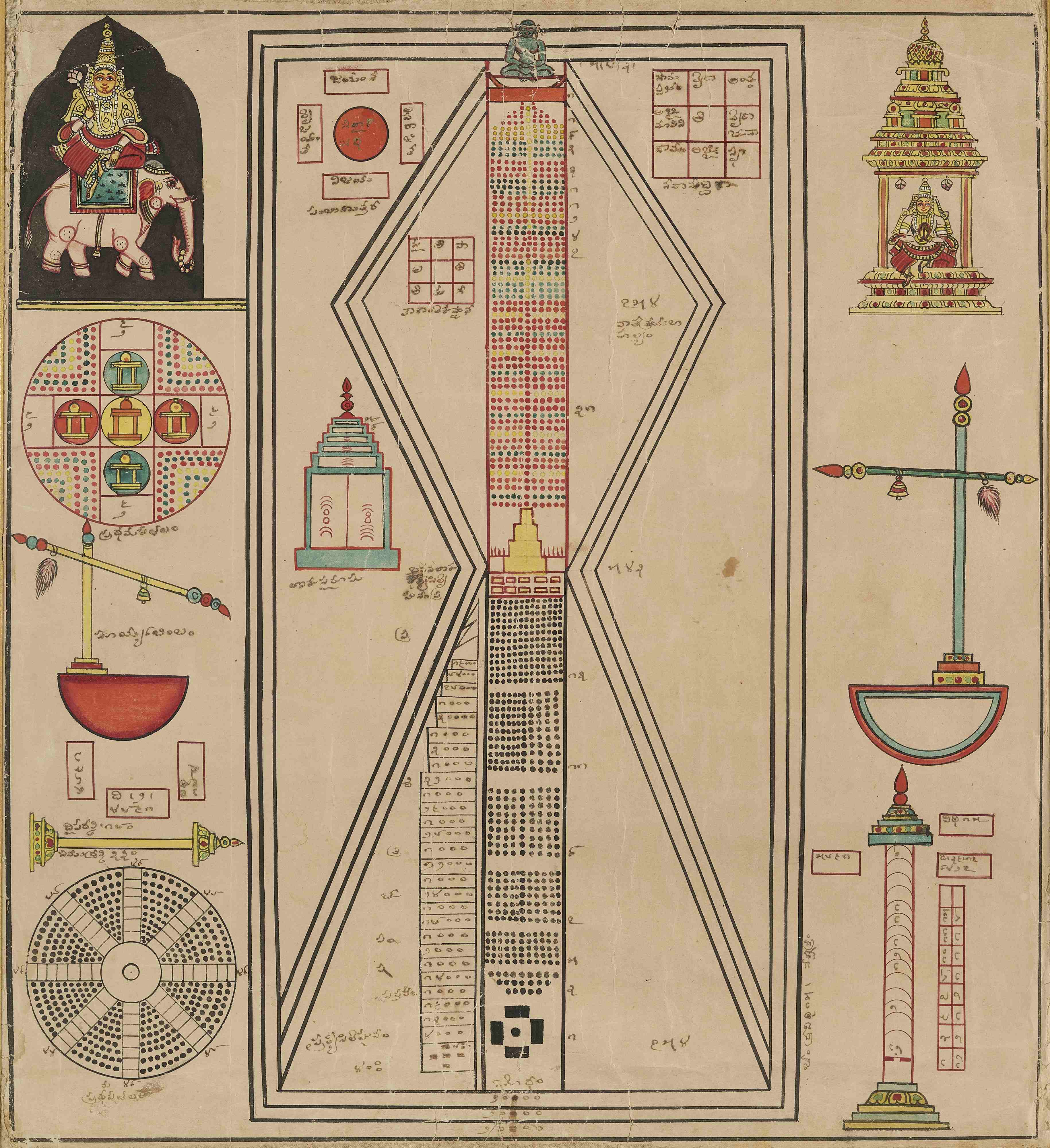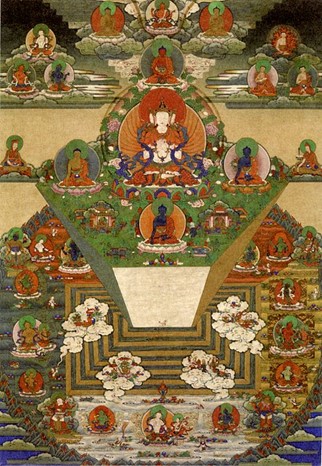

The journey to find oneself and the search for answers about the Universe and God are part of an existential crisis most people face at least once in their lifetime. Many turn to religion during this journey of self discovery with each religion having its own set of beliefs, while others look towards science.
Every religion has a different way of perceiving and preaching on God and the inception of the universe we reside in. For example, Christianity and Islam believe in a sovereign God, be it Jesus or Allah, the creator and guardian of the unchanged and untarnished universe. Hinduism on the other hand preaches that the Universe is a creation of Lord Brahma and is cyclical as is our journey of life, death and rebirth. While Jainism does believe in the same cycle with the end goal of moksha or liberation, it suggests that the universe we live in has existed since infinity with no definite beginning or end.
The introduction of Jainism can be traced to ancient India with exquisite temples, architectural and engineering marvels, beautiful statues and sculptures and a plethora of age-old manuscripts. The Kalpasutra is perhaps one of the most sacred texts in Jainism, integral for understanding the religion and its philosophy. Frequently illustrated with captivating miniature paintings, the oldest versions now find themselves carefully preserved with temple trusts, art collectors and museums. Jain cosmology is an important subject, explored in many ancient works of art with the cosmological map of the universe vividly illustrated on paper as well as fabric.
Part of the upcoming Olympia, ‘Indian, Islamic, Himalayan and South-East Asian Art and Greek and Roman Antiquities’ auction scheduled to take place on the 4th of June are two fascinating works narrating the beliefs of the religion as well as the deeper meaning of the cosmos within it.
Lot 30, below, depicts the Jain Cosmic Man or ‘lokapurusha’, a conceptual representation, an imagery used to explain the infinite nature of the universe.
The shape or form of a man, broad at the top, narrow at the middle and broad again at the bottom, almost the same as a person standing in the ‘stand at ease’ position. The shape, unalterable, is dissected into three parts or ‘lokas’. Urdhva Loka or the top most loka is the home of Gods and celestial beings. The middle of the Madhya Loka is the one housing ‘jivas’ or mortal living beings such as human beings, animals and plants. The bottom most or Adho Loka is a sort of hell, home to the cursed and the damned. This sacred work of art is hand drawn with black ink and colour, flanking other motifs and symbols of Jainism on each side.
In the middle section one can see a small yellow mountain-like tower called Mount Meru, which is beautifully illustrated in Lot 31(image below) of the upcoming auction.
This is an exquisite work of art (Lot 31), with the artist depicting the mountain in a captivating yellow shade using a fine brush to delicately detail each living being. A person diligently praying, a snake, an elephant, a lion amidst evergreen and deciduous trees.
This sacred mountain is not only part of Jainism but can also be seen in Hinduism and Buddhist iconography and art.

A Bhutanese Buddhist Thangka featuring Mount Meru, Trongsa Dzong, Bhutan
Several Jain temples have been built keeping the form and design of Mount Meru in mind (see image above). A central point where the three worlds intersect. The term Meru means high and is believed to be the centre of the Earth.
Both these works, lot 30 and 31 have a historic, cultural and spiritual significance, making them precious, collectors pieces. An ode to the deeper meaning of life.
By Brijeshwari Gohil